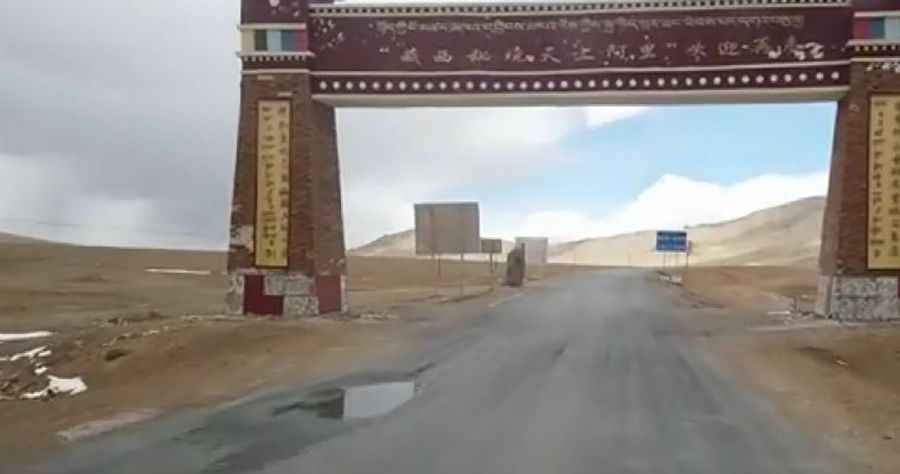A wild road to Satsum La in Tibet
Satsum La is a high mountain pass at an elevation of 5,350m (17,552ft) above sea level, located in Tibet, northeast of the Himalayas, in the People's Republic of China.

Is the road to Satsum La paved?
The road to the summit is called 219 National Road, also known as the Tibet-Xinjiang Highway. Construction of this road started in 1951. It was completed in 1957 and fully paved with asphalt in 2013.
Is the altitude at Satsum La dangerous?
Satsum La lies along a route often referred to as the “Sky Road” in Chinese, not because of the pass itself, but due to the overall elevation of the road. This area reaches altitudes exceeding 5,000 meters, which can be extremely dangerous for those not properly acclimatized. For travelers unfamiliar with high elevations, the risks can include serious symptoms of altitude sickness. The surrounding landscape is known for being remote and unforgiving. To minimize the risk of illness, it's recommended to take altitude medication, stay warm, and monitor for symptoms. Some travelers have even required oxygen masks while navigating this section due to the thin air.
Is Satsum La worth the drive?
The road is long and arduous and crosses several mountain passes at 5,000, 4,000, and 3,000 meters. Please try your best to respect religious beliefs and local customs. Despite its reputation for passing through largely uninhabited terrain, the G219 does go through several significant historical and religious sites. If you choose this route, always check up-to-date information. It's a windy place, and you may experience strong winds from multiple directions at once. In recent years, the region has witnessed violent incidents stemming from local tensions.
How challenging is Satsum La in winters?
The pass is also known as Jieshan Daban. It’s located south of Sancam La. For your safety, be sure to check the weather forecast before starting your journey. The extremely high altitude of Tibet makes the winter season particularly harsh, with intense cold and constant strong winds. Due to the large temperature difference between day and night, it's strongly advised to bring thermal clothing, a hat, gloves, and other winter gear. Therefore, it's better to avoid traveling to Tibet in winter. Many roads become inaccessible due to heavy snowfall, and the dry atmosphere becomes nearly intolerable.
How remote is Satsum La?
Expect long stretches with no food or water for tens or hundreds of kilometers, dozens of high passes, and no opportunity for a shower or wash for weeks. Nighttime temperatures can drop to -25°C or lower. Traveling this highway gives a glimpse of one of the most remote regions on earth. Some sections are referred to as “no man’s land”. There are truck stops about a day’s drive apart, but it’s wise to bring your own food and a sleeping bag. For many miles, you may not see a single other person. Ensure you have enough petrol, as gas stations are extremely scarce. A tent can be helpful in emergencies.
Monsoon season starts in July and ends in August, bringing heavy rainfall that makes self-driving especially difficult. Also, keep in mind that internet access in China is heavily censored, and many websites—especially those mentioning Tibet—may be inaccessible.
Pic: https://www.trip.com/travel-guide/ritu/jieshan-daban-93845/